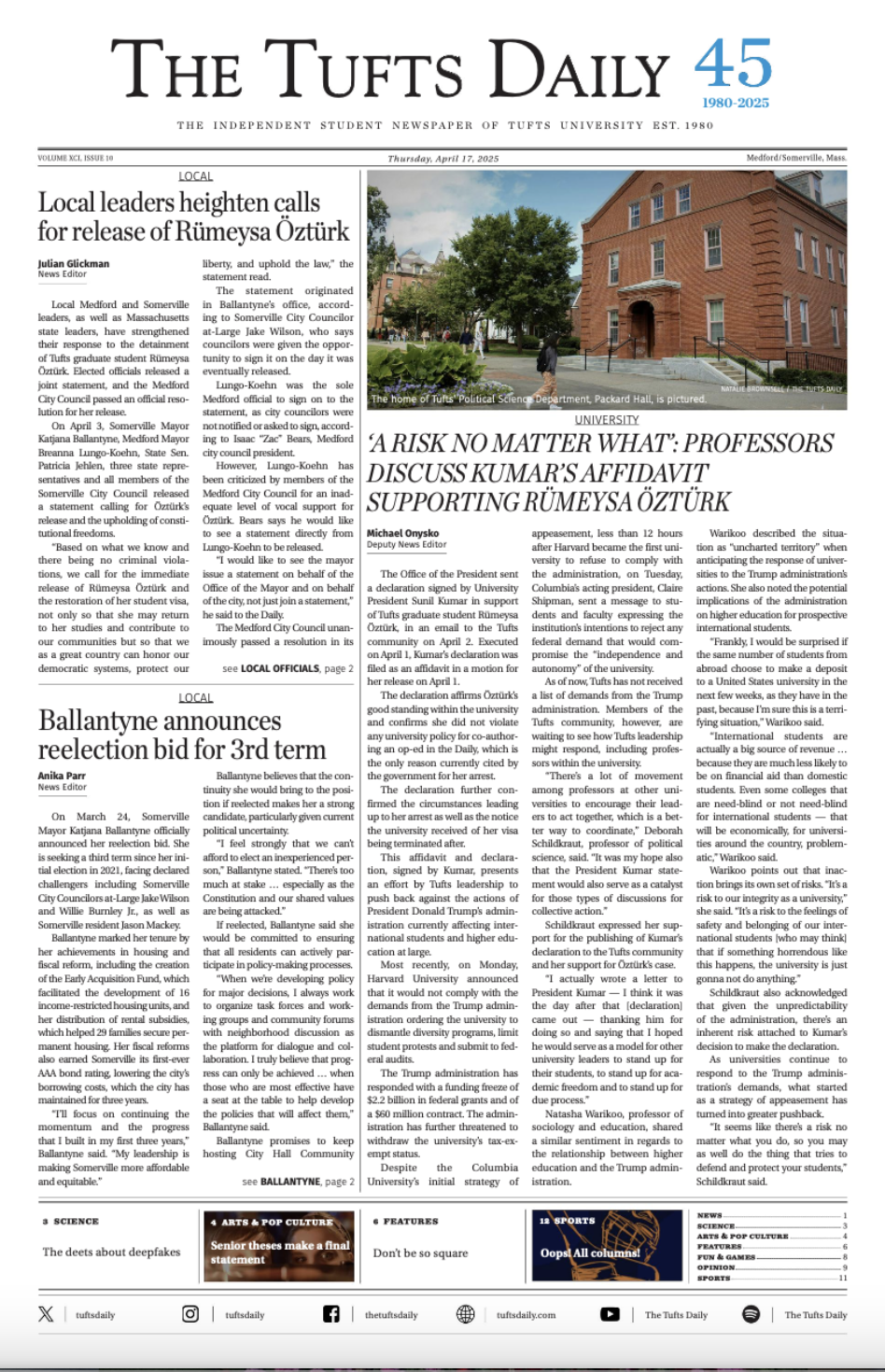Welcome back to claustrophobic cinema.
On March 17, the latest Focus Features (the independent film distributor of Universal Pictures) film will be released in theaters around the United States, presenting to the public the return of fan favorite actor Willem Dafoe. “Inside” (2023) is a psychological thriller written by British screenwriter Ben Hopkins and directed by up-and-coming filmmaker Vasilis Katsoupis. The film attempts an addition to the “stuck inside a harmful setting” trope.
In “Inside,” the audience follows Nemo (Willem Dafoe), a professional, high-end thief in New York City. Nemo does not steal jewelry or common valuables, but rather incredibly expensive and prestigious art pieces, as he appears to be a failed artist. However, when he takes longer than expected looking for one of the desired works in his current job, he finds himself stuck in an extravagant skyscraper after being left astray from his outside team. The apartment appears to have a vendetta against him as it presents more and more obstacles for survival, beyond not letting him escape. Some of the obstacles include fighting extreme heater/AC systems, no running water, scarce food, no communication with the outside world and more. As Nemo fights for survival, the film aims to depict his descent into madness and how it is intertwined with the artwork and creation.
Although it is undeniable that the film’s prompt is thought-provoking and carries extreme potential, the execution of this feature falls rather short. The writing is plagued by plot holes, especially in the beginning and set-up of the movie. The viewer is presented with a beyond unrealistic arc that seems to be built around whatever the director wanted to happen instead of following some sensible chain of events. This forced writing quickly loses the audience’s suspended disbelief. Look at it logically: Somehow neither the police nor the staff of the building arrived at the apartment even though it had an incredibly loud and sophisticated security system. Worse, there is no running water but somehow the gardening system works fine. Even the film’s rapidly fluctuating heating and AC system seems unrealistic for a luxury apartment. These discrepancies make the movie unbelievable and dilute the film’s intended message.
Besides the forced writing, the action starts to get significantly repetitive by the halfway point of the film. It feels like they kept placing similar obstacles and issues to keep dragging the action out for time, as barely any other plots or themes get advanced. This dragging works against the film’s success and takes away from the prompt, making the trope boring and monotonous.
Nevertheless, it would be wrong to say that there are no upsides to this film. Coming off of his master performances in “The Lighthouse” (2019) and “At Eternity’s Gate” (2018), Dafoe maintains his ability to portray the hidden decadence and madness inside a human being. Since the film is a one-man act, we get over an hour and a half of pure Dafoe performance, showing the audience how he can emanate complex and conflicting feelings even in the absence of words.Dafoe overcomes the writing setbacks and manages to produce a realistic character development and, eventually, that oh-so-needed ending catharsis. It is as if the producers have completely relied on Dafoe to carry the movie, expecting his acting prowess to overcompensate for their lack in writing.
Additionally, one must also applaud the amazing work the film has done to select and present stunning art pieces. The production worked with a curator and curating team, who all successfully picked works that furthered the themes of the film’s message, like dementia or imprisonment. Besides using artwork to help the arguments, the film also did a great job with cinematography, with exceptionally beautiful shots that play with symmetry, colors and light to better display the art and add to the artistic value of the feature as a whole.
Although much of the film’s message may seem overly abstract and lost in its monotonous manner, the moral it tries to imprint regarding art is powerful and well-presented.Both the beginning of the movie and the end have the same monologue in which Nemo reflects upon a question he was asked as a child: If your house was on fire, what three things would you save? To which he responded: his cat, his AC/DC CD, and his sketchbook. As he reflects upon his decision later in life, he realizes that cats die, music fades, but art, art never dies.






